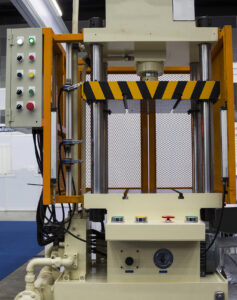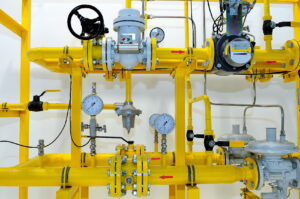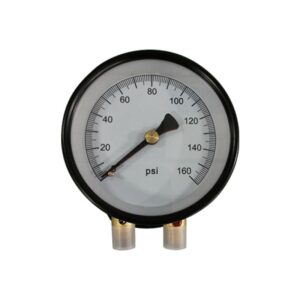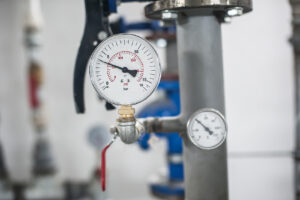As the world shifts towards renewable energy sources, wind power has emerged as a leading solution for sustainable electricity generation. The efficiency and reliability of wind turbines are paramount for harnessing the full potential of wind energy. Pressure gauges, though often overlooked, are integral to the operation and maintenance of wind turbines. This article explores the role of pressure gauges in wind power applications, focusing on their functions, types, and their impact on turbine performance and longevity.
1. The Significance of Pressure Gauges in Wind Turbines
Pressure gauges are used to measure and monitor pressures within various components of a wind turbine. Their significance lies in:
- Optimizing Performance: By monitoring pressures in hydraulic systems, pressure gauges help ensure that turbines operate at their designed efficiency. Proper pressure levels contribute to optimal blade positioning and overall energy production.
- Preventing Failures: Wind turbines are subjected to dynamic forces and environmental conditions. Pressure gauges help detect anomalies in hydraulic systems, preventing potential failures and reducing maintenance costs.
- Ensuring Safety: Accurate pressure measurement is essential for the safe operation of wind turbines. Pressure gauges help prevent overpressurization, which can lead to equipment damage or hazardous situations.
2. Types of Pressure Gauges in Wind Turbines
Several types of pressure gauges are used in wind turbines, each suited to different aspects of turbine operation:
- Hydraulic Pressure Gauges: These gauges measure the pressure within the hydraulic systems responsible for controlling the pitch of the turbine blades and other critical functions. Hydraulic pressure gauges are essential for maintaining the precise control needed for optimal turbine performance.
- Oil Pressure Gauges: In wind turbines, oil pressure gauges monitor the pressure of lubrication oil used in gearboxes and other moving parts. Maintaining proper oil pressure is crucial for reducing friction and preventing wear and tear on components.
- Digital Pressure Gauges: With the increasing adoption of digital technology, digital pressure gauges are becoming more common in wind turbines. They provide precise measurements and can be integrated with monitoring systems for real-time data analysis and remote monitoring.
3. Applications and Benefits
- Blade Pitch Control: Pressure gauges monitor hydraulic pressures in the blade pitch control system. Accurate pressure measurement ensures that blades are positioned correctly to optimize energy capture and reduce mechanical stress.
- Gearbox Maintenance: Oil pressure gauges play a critical role in monitoring lubrication in the turbine’s gearbox. Consistent oil pressure helps prevent gear wear and extends the lifespan of the gearbox.
- System Diagnostics: Pressure gauges contribute to the overall diagnostic capabilities of wind turbines. By tracking pressure changes, operators can identify and address potential issues before they lead to significant problems.
4. Challenges and Considerations
Pressure gauges in wind turbines face several challenges:
- Harsh Environmental Conditions: Wind turbines operate in extreme weather conditions, including high winds, temperature fluctuations, and moisture. Pressure gauges must be rugged and reliable to withstand these conditions.
- Maintenance and Calibration: Regular maintenance and calibration are necessary to ensure the accuracy of pressure gauges. Turbine operators must implement a comprehensive maintenance schedule to address potential issues promptly.
- Integration with Control Systems: As wind turbines increasingly rely on advanced control systems, integrating traditional pressure gauges with these systems can be complex. However, this integration is essential for enhanced monitoring and automated responses.
Pressure gauges are vital components in the operation of wind turbines, playing a key role in optimizing performance, preventing failures, and ensuring safety. By monitoring hydraulic and oil pressures, pressure gauges help maintain the efficiency and longevity of wind turbines. As technology advances and wind power continues to grow, the role of pressure gauges will remain crucial in harnessing the full potential of this renewable energy source.



